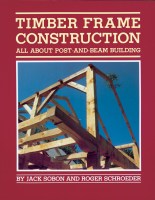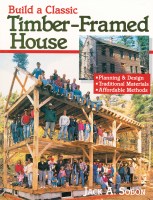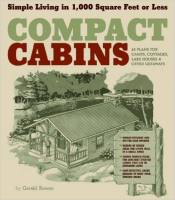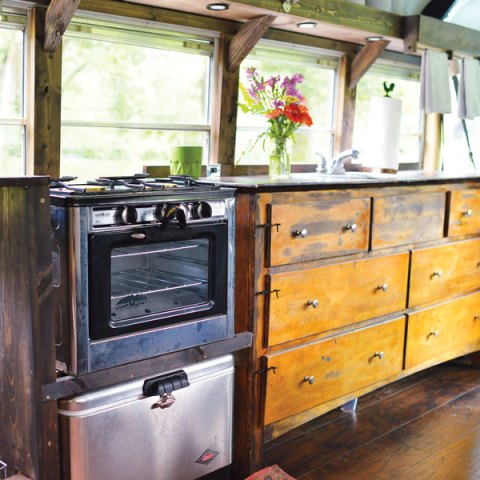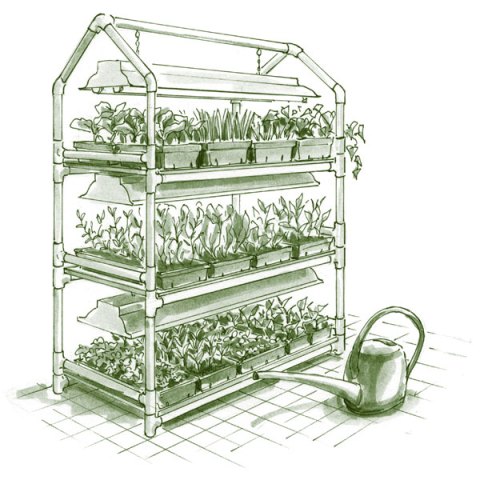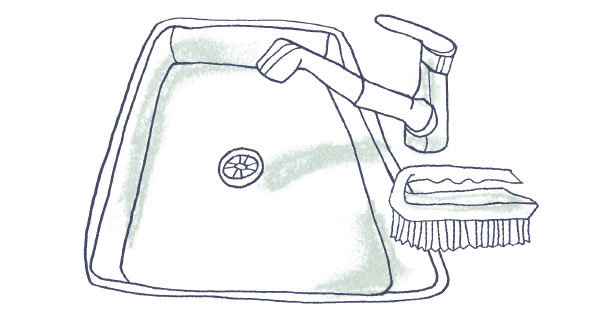What Is Timber Framing?
The ancient art of timber framing restores a sense of connection to the environment and materials that we’ve lost with our reliance on plywood, steel, and concrete. Uncover its history in this excerpt from Learn to Timber Frame.
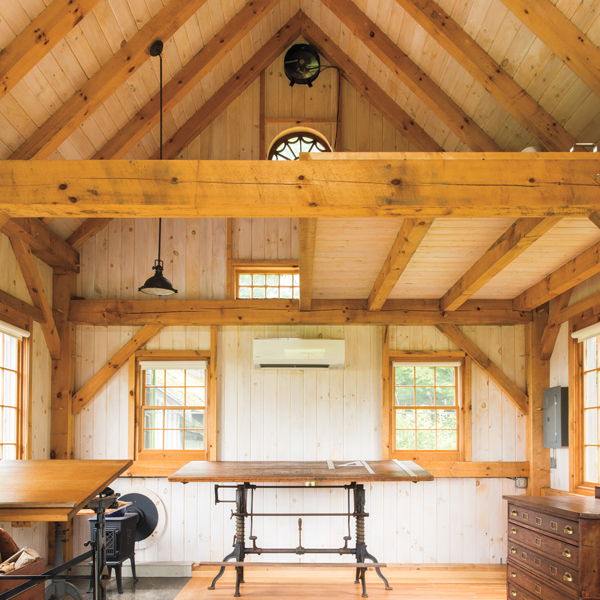
Timber framing in much of the world can refer to any framing system using wood components, but in North America we use it to mean solid timber (greater than 5 x 5 in section) joined together with traditional wooden joinery. It’s a type of post-and-beam construction — picture the barn raising in the movie Witness.
A Historic Art
Rather than using small framing members (2x4s, 2x8s, etc.) that are closely spaced and simply butt-joined and nailed together, timber framing uses larger pieces spaced farther apart and mortise-and-tenon joinery held together with wooden pins, or pegs. It is the traditional method of framing brought over by the colonists to the New World and can be found worldwide in areas that had abundant timber before the age of sawmills, drying kilns, and mass-produced nails. The same techniques were used to build Asian temples and great wooden ships. The homebuilders in the colonies were often shipwrights, using basic hand tools and minimal material processing (but great skill) to provide shelter. In much of Europe, where centuries-old wooden buildings are still lovingly preserved and valued, carpenters are trained as timber framers and are highly skilled in the [required] techniques.
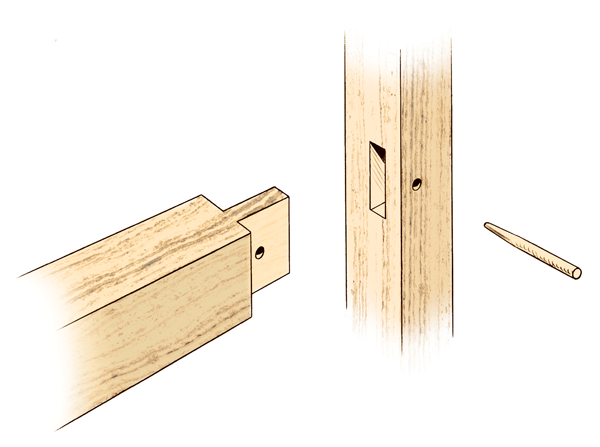
Timber Framing vs. Stick Framing
In North America in the 1830s, settlers migrating west needed a way to build quickly with unskilled labor. The newly built railroad made it possible to ship smaller-dimensioned lumber to the treeless prairie, and the new technologies of sawmills, drying kilns, and mass-produced nails helped promote a new construction system called stick framing. This system relied on the repetitive use of many small pieces of lumber (2x4s, for example) to overcome the scarcity of skilled labor. Now anyone could build a house — and faster, with a smaller crew. Since the framing was nailed together, one didn’t need the skills of a joiner. Stick framing became firmly established as the predominant method of light construction after the Great Chicago Fire in 1871, when a large part of the city needed to be rebuilt quickly.
Timber framing, however, remains a viable option, even though it requires more skill. The structures, with their large, open floor plans (no load-bearing interior walls) and exposed timber and joinery, are a joy to make and to live in. If you have a woodlot or access to local sawmills, the materials can be cheaper than buying kiln-dried “sticks” from a lumberyard.
The following chart outlines some of the principal differences between stick framing and timber framing.

Excerpted and adapted from Learn to Timber Frame © Will Beemer.


